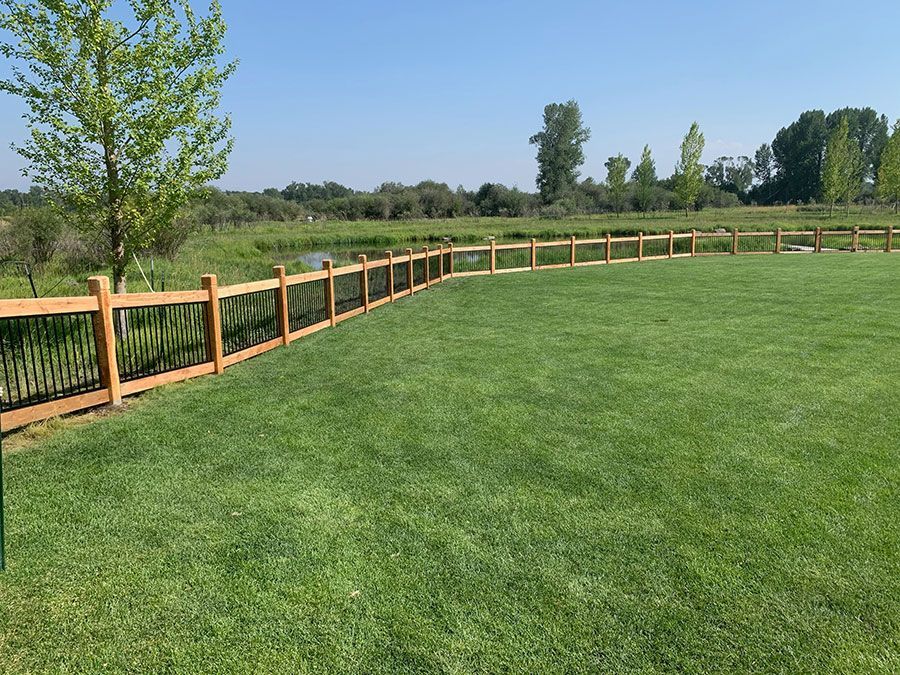Maintaining your fence doesn't always require a professional. With the right tools and a bit of know-how, you can handle many common issues yourself and save money. Here's how you can tackle basic fence care like a pro!
The Must-Have Tools for Fence Care
Before you start fixing your fence, be sure to have the proper tools ready. Here’s a list of essential items for handling most DIY fence repairs:
- Hammer – A hammer is essential for securing loose nails or repairing broken fence boards.
- Screwdriver – Perfect for adjusting screws in both wood and metal fences
- Post Level – Ensures your fence posts stay perfectly vertical
- Paint or Stain – Helps protect wood from the elements and extend its lifespan
- Wire Cutters – Useful for trimming wire fences or cutting away tangled vines
Step-by-Step Guide for Common Issues
Steps to Fix a Loose Fence Board
If you notice a loose or damaged board, fixing it is relatively simple:
- Take out any loose nails or screws with a hammer or screwdriver.
- Align the board with the rest of the fence and secure it with new nails or screws.
- For added stability, add a corner bracket or reinforcement if necessary.
How to Stain and Seal Wooden Fences
Staining or sealing your wooden fence helps protect it from weather damage and keeps it looking fresh:
- Start by cleaning the fence well to remove any dirt, debris, and mildew.
- Pick a stain or sealant that is designed for outdoor use.
- Apply evenly with a brush or sprayer, starting from the top and working your way down.
- Let the stain dry fully before using the fence again.
Recognizing When You Need Professional Fence Help
Not all fence repairs are suitable for DIY. Simple tasks like tightening screws or replacing boards are easy to handle, but major issues may require professional help:
- Major structural issues, like leaning posts or a sagging fence.
- Electric fences or high-security fences require specialized knowledge and should be handled by experts.
- Severe weather damage that could threaten the structural integrity of your fence.
If you’re not sure if you can handle a repair, it’s always safer to contact a professional. This can prevent costly mistakes and frustration.
